What is μ-MIM®?
The 4 best reasons to manufacture high-precision components with μ-MIM®
High tolerance
With over 25 years of developing our original μ-MIM technology, we achieved unprecedented tolerance satisfaction in an as-sintered state. In conventional MIM, the tightest tolerance is +/- 30 μm, while μ-MIM® achieves tolerances of +/- 10 μm.
μ-MIM® is a net-shape production technology with minimal post-processing, reducing the risk of tolerance deviations in 3D locations. Mass production and precision are μ-MIM® technology's unique strengths, helping your ideal metal part to be realized.
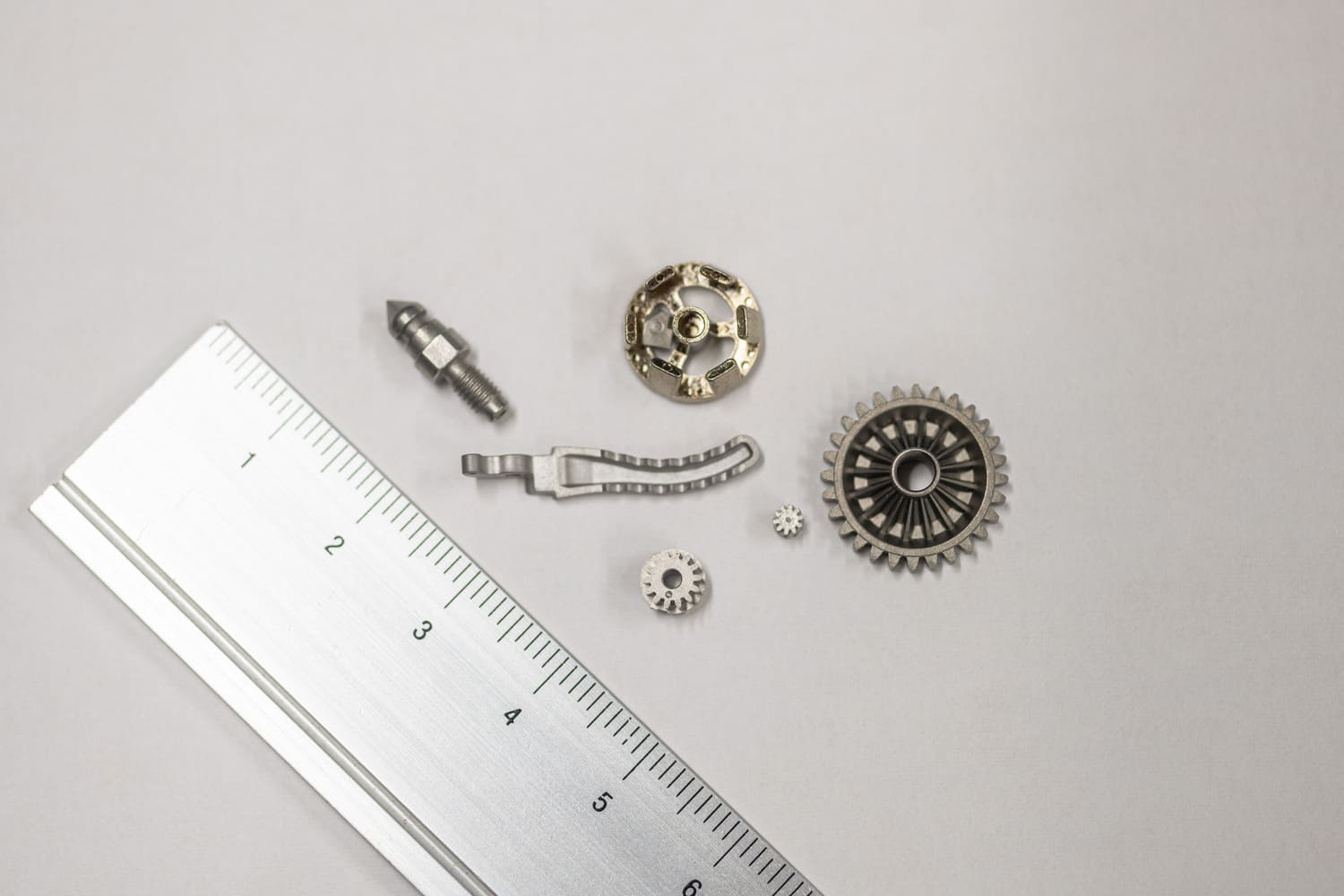
Material varieties
Based upon our knowledge and experience in plastic injection moulding we developed our original feedstock processing, complimented by our original binder.
Our R&D department developes new feedstock together with our customers, optimizing it for each part to stabilize its production. If the necessary materials are available its immediate usage for production is possible.
Please feel free to contact us if your needed material is not included.
Design freedom
Developed with a focus on small and complex designs our μ-MIM® technology realises your products with minimal additional processing. Thus enabling us to produce complex features that would normally be impossible to demold.
Realizing an improved freedom of design exceeding by far that of traditional MIM.
With our μ-MIM® and 3D-μMIM® technologies we will help you to realise your parts that you thought were impossible to produce.
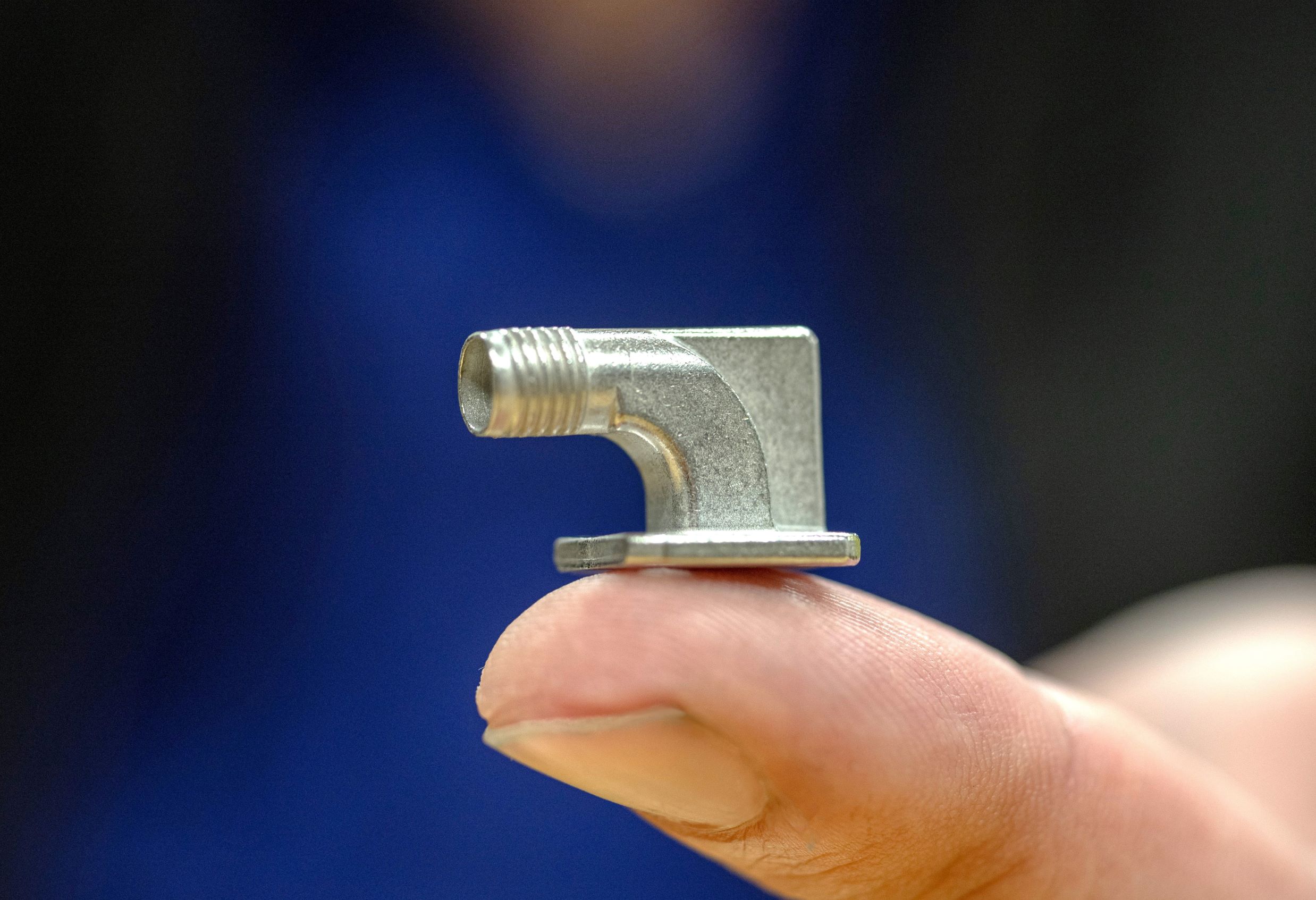
Stable mass production
The uniformity in our feedstock pellets is of the essence for small and complex metal parts as they might even be smaller than our feedstock.
Our tightly controlled production process – from feedstock preparation to sintering and final dimensional measurement – is carried out under the certified ISO 13485 quality assurance system.

What we can offer our clients
Outstanding expertise
Broadest range of materials
Tiny components
Design freedom
Stable serial production
High quality
Parts smaller than a grain of rice
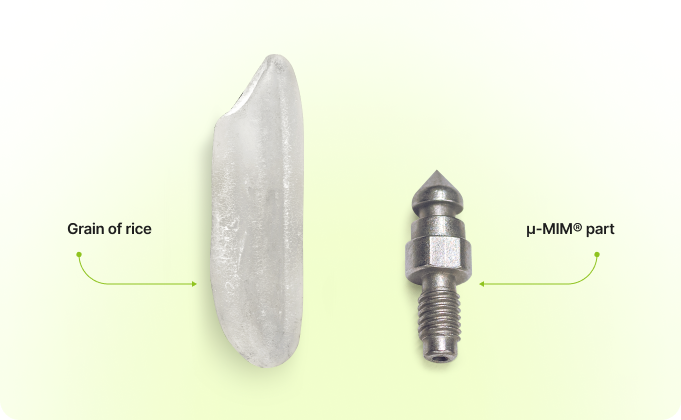
High accuracy, density, strength and surface quality
High accuracy
High density
High strength
High surface quality
Materials
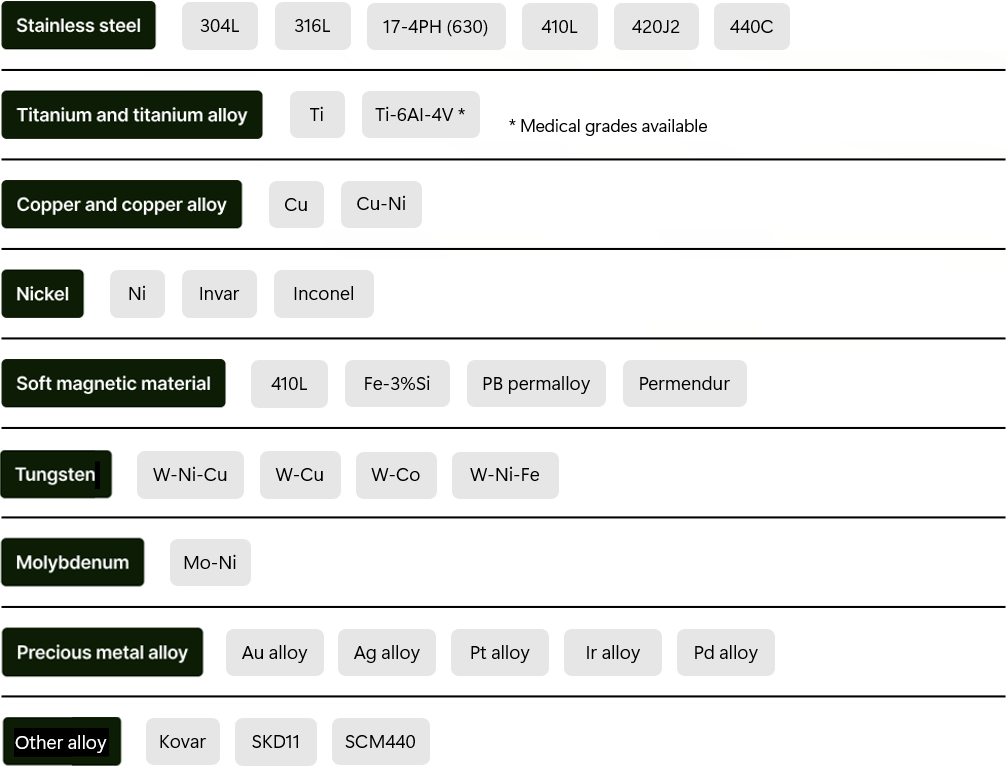

3D-μMIM® Technology
3D-µMIM® is our unique lost-core process that enables the mass production of components featuring complex geometries with hollow structures and undercuts that are difficult to fabricate when using conventional MIM or machining.
First, a sacrificial plastic mould (SP mould) is produced. Its product is placed into the mould that is requiering an undercut or a hollow structure. The SP will disintegrate during the sintering process resulting in your metal component being completed.
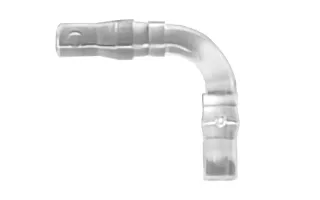
Sacrificial plastic mould

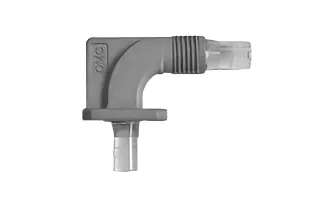
Metal feedstock injection

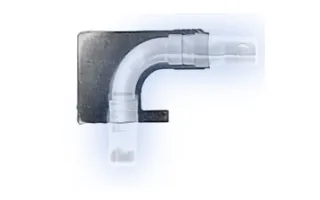
Degreasing and sintering

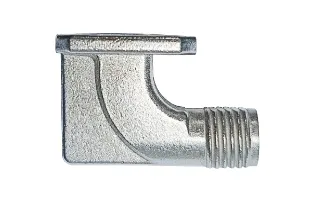
Sintered component
Free-form component examples with 3D-μMIM®
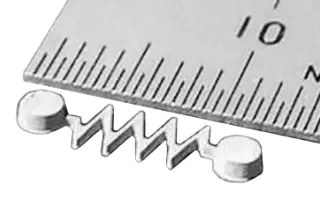
Zigzag spring
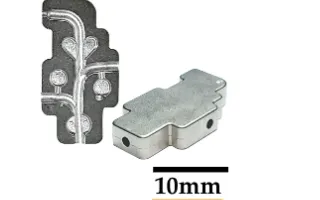
Inner curved flow
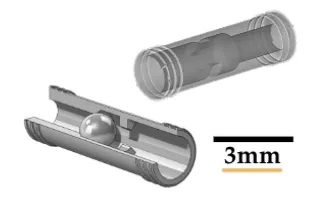
Hollow structure
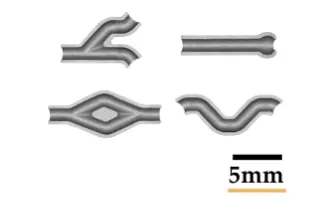
Micro pipe
LMM 3D Printing Xμ-MIM® technology
µ-MIM® evaluation & measurement technology and quality assurance
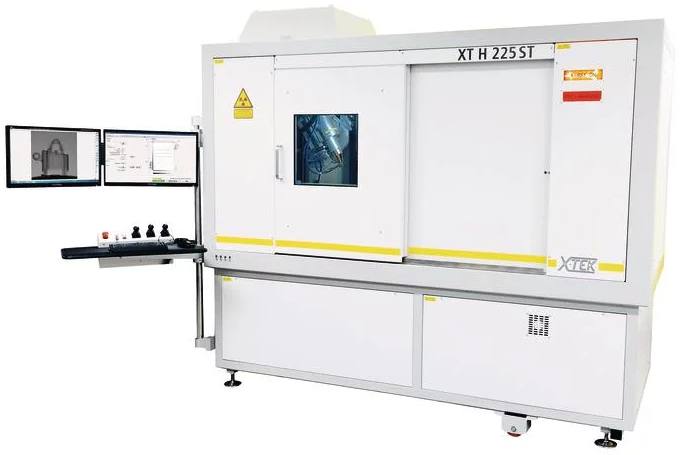
X-ray CT

Optical 3D measuring system
Differences between MIM and μ-MIM®
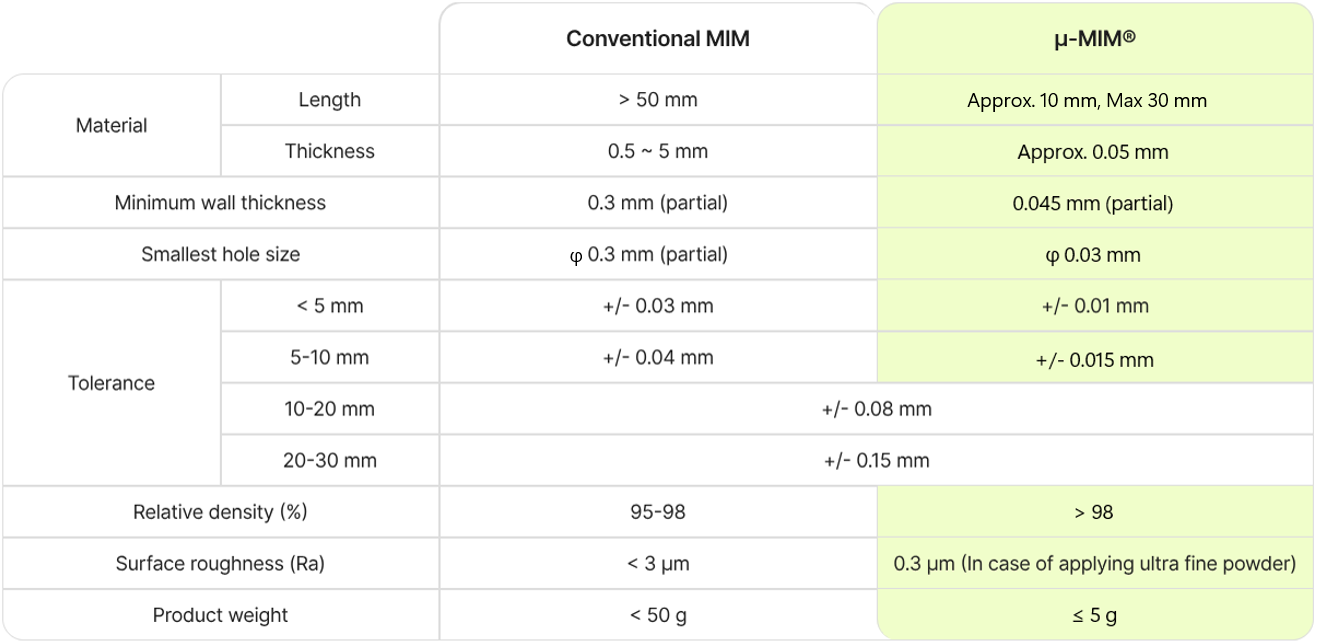

Comparison with other manufacturing methods


How we help you solve your technology challenges
Case 01
The challenge
Because the shape of the component was too complex to make at once, multiple parts were made separately and then had to be assembled into a single part.
The solution
We can produce parts in a net shape using a die in an integrated mould, which helps to reduce costs and shorten delivery time, and also leads to downsizing.
Case 02
The challenge
Because the material had a complex shape and was difficult to process, companies refused to produce it.
The solution
We are able to produce components with complex shapes and materials that are difficult to machine, this way we can make a valuable contribution to the development of completely new products
Case 03
The challenge
Burrs, etc. were produced, post-processing was necessary, and the yield rate was low.
The solution
The realisation of net-shape has made post-processing unnecessary and enabled highly accurate production.
Case 04
The challenge
Machine processing reached its limits in mass production, so that the component could not be produced in the desired quantity.
The solution
We offer manufacturing in dimensions that cannot be achieved by machining, both in terms of quantity and shape, resulting in lower costs and shorter delivery times
Why other companies like to work with us
Download our company flyer about our µ-MIM® technology

Schedule an initial consultation with one of our experts today




